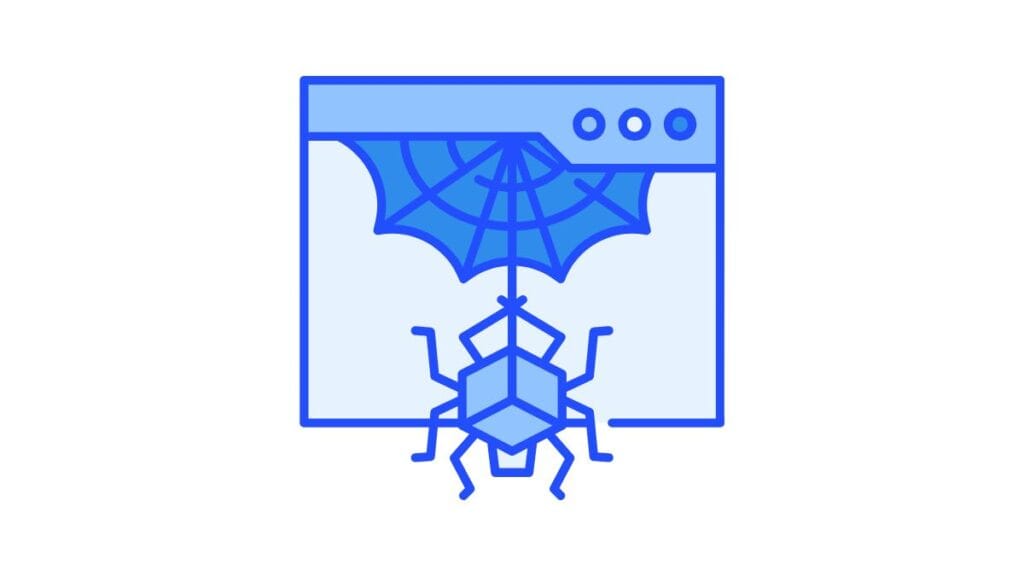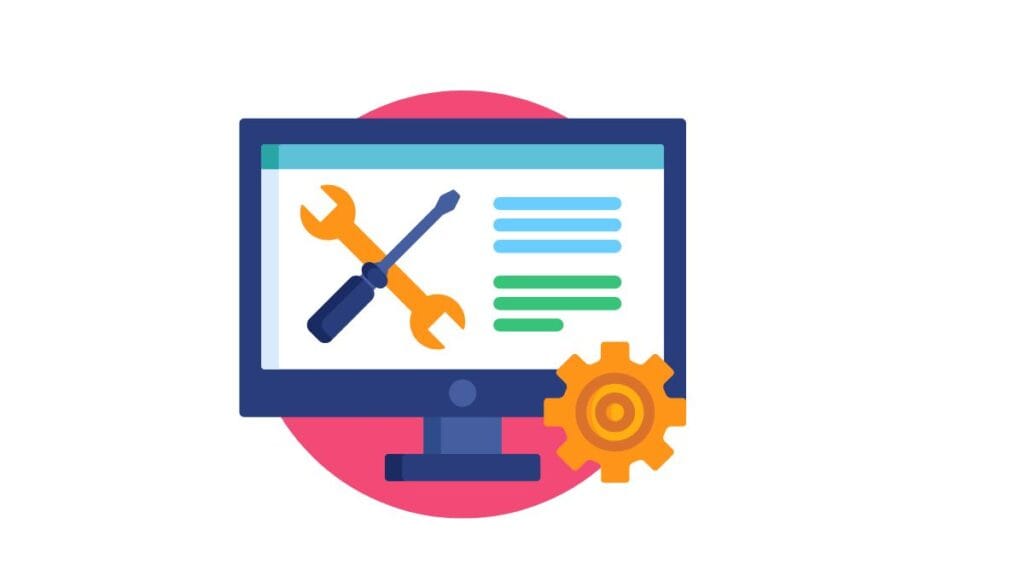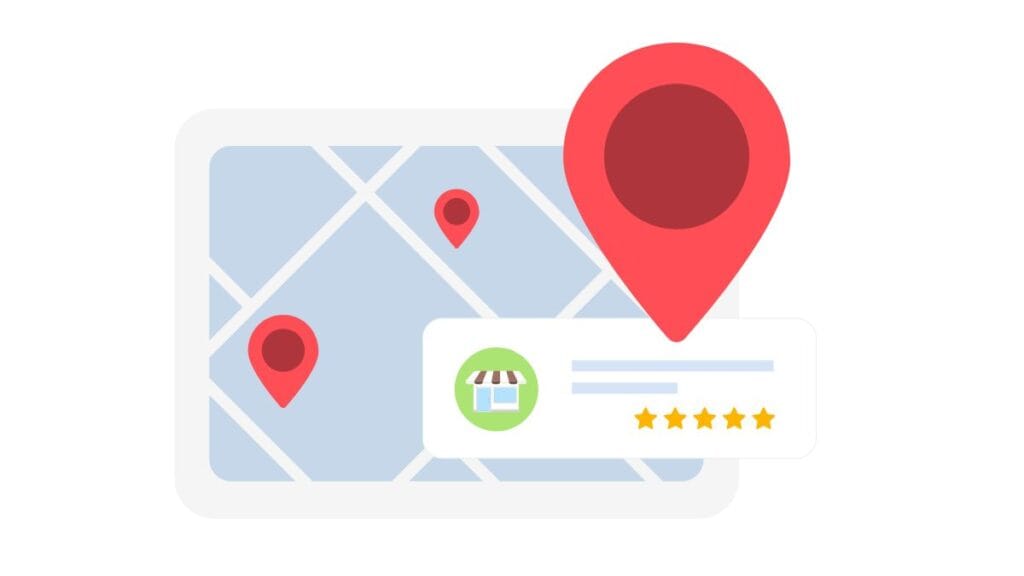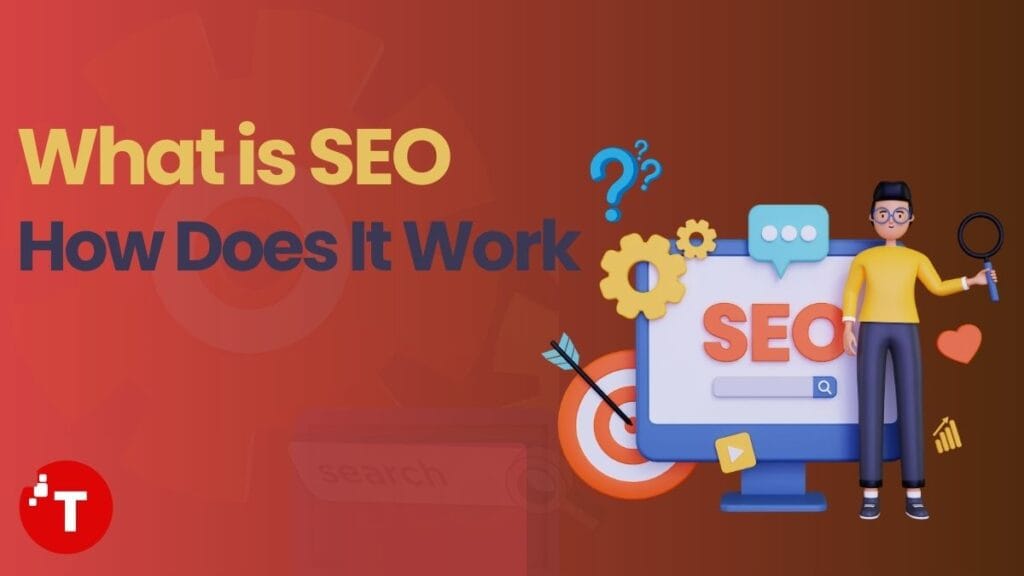SEO means search engine optimization, the process of optimizing your website, blogs, and web pages to rank higher in search engines and get organic traffic. It also means optimizing your site for users by creating well-structured, high-quality, relevant content for them. By using this method, you can improve and increase your website’s visibility in search engines, i.e., Google, Bing, etc.
Billions of people come across search engines daily to find solutions to their problems. When you optimize your content for your selected targeted keyword, you can gain top ranking on search engines and gain a huge amount of traffic from these billions of users.
So, let’s dive into more information related to SEO.
What Is SEO, and How It Works
SEO is the process of optimizing your website according to search engines to improve its ranking so that you can attract more visitors. Google has a complex algorithm that depends on many factors through which it determines which web page has the best solution to the user’s query to show them.
Google focuses on factors that determine the quality and ranking of your website. By understanding these factors, you can enhance your website’s SEO performance and gain a higher ranking in search engines.
These factors include making content that is helpful for your targeted users and matches your user intent. Another essential factor may include gaining high-quality backlinks from other websites that can help build your website’s authority. Moreover, optimizing your web page, i.e., its meta tags, title, meta descriptions, URL, and keywords, is also essential for better crawling and indexing on search engines.
How Search Engines Work?
Search engines are software systems that users use to find answers to their queries. The search engine algorithms find the content that meets the user’s intent and query and rank those pages and the keywords higher in the search engines if they meet their ranking criteria.
So, three important factors search engines use to suggest pages for ranking are crawling, indexing, and ranking. Let’s learn about these factors in detail below.
1- Crawling:
Once your content is published, the spiders and bots of search engines come to your new web page to review it and find out what’s new and updated. Search engines crawl new web pages through the internal links from existing pages, where they easily find pages you recently uploaded. Through following these links, the crawler comes to your site’s new blog post and analyzes what your content is about.

2- Indexing:
After crawling search engines, decide whether the information you have added to your web page is relevant and useful to its users. Then, your page will be indexed and appear in the search engines. Search engines will not index your web page if they find it spammy, irrelevant, or duplicate. To check that your web pages appear in Google, you have to follow the guidelines:
1- Go to your website and open the page you want to check for indexing.
2—On the top search bar, you will find the URL of the content; copy it.
3- Now, go to the Google Search Bar and paste the link.
4- It will appear to you in the index search.
Note: Sometimes your web page is not found in search engines, so in this case, you need to wait to appear in search engines or reindex it, but remember, don’t try again and again for reindexing.
3- Ranking:
If you write helpful, relevant, and high-quality content that matches Google ranking factors, search engines show your page top of the SERP when users type a related query that matches your content. Some other important ranking factors that help your content quickly appear in SERPs are your web page loading speed, site authority, content relevancy, quality backlinks, and mobile-friendly content.
Note: Google always updates its ranking system and algorithms, so you should stay updated and work according to the new updates to rank effectively.
Steps to Start Optimizing Your Site for SEO
If you have a website and want to gain high organic traffic from search engines, you can follow the steps to perform SEO for it.
1- Keyword Research:
A keyword search is a method of finding the words called “keywords” that people enter into search engines to find answers to their queries. It is important because it helps us understand the users’ search intent and discover what they seek. By using this method, you can select the right keyword for your targeted users and create relevant content according to their queries.
When Google finds your content useful for your target users, it will place your content at the top of search results, and you will successfully get huge traffic. But how can you find these keywords? Many tools can help you conduct the right keyword research relevant to your business niche and your targeted audience.
For this, you can use tools like Semrush, UberSuggest, Ahrefs, etc, to find out great keywords and that can help your webpages rank on Google.

2- On-Page SEO:
After finding the right keyword, another most important step is on-page SEO. This method involves creating user-friendly, relevant content and optimizing it for SEO. In on-page SEO, you need to use the targeted keyword in your content effectively to rank at the top of Google serach result pages.
As you know, the content is the basis of all SEO, so when you create high-quality content that aligns with Google ranking factors, you can attract a huge visitors to your site. These On-page SEO factors include optimizing your meta tags, i.e., title, description, URL, ensuring proper and natural use of these keywords throughout your content and meta tags like in the title, description, headings H1, H2, and H3, etc., and adding internal and external links.

3- Off-Page SEO:
Off-page SEO is a set of actions that you perform outside of your website to improve its ranking in search engines and its domain authority. These activities include building backlinks, leveraging social media, guest posting, engaging with forums, influencer outreach, collecting reviews, auditing your site, and maintaining a strong backlink profile.

Read Also: 7 Best Free Domain Authority Checker Tools – 2024 Guide
4- Technical SEO:
Technical SEO is the process of optimizing your website structure and speed according to search engine updates and requirements to improve its performance. It is essential to provide a good website experience for your users and to give a positive impression of your website’s performance in the eyes of Google. Technical SEO is also making your website easy for search engines to crawl and index to ensure your new content appears in search engines.
Also, to improve your website speed, you can use the following strategies:
- Use powerful hosting.
- Overcome redirects.
- Use a content delivery network.
- Remove unnecessary plugins.
- Clean your database.
Aside from speed, another essential factor to focus on is technical SEO, ensuring your website’s mobile friendliness. It is important to engage visitors on your site and encourage them to stay to read the content on your website. Many key elements contribute to these, such as using responsive website design, optimizing the website’s quick loading speed, optimizing your content for mobile devices, etc. All these elements are important because they can help improve your user experience, increase traffic on your website, boost engagement,
Moreover, technical SEO is optimized through sitemaps that help ensure your pages’ proper indexing, secure browsing, SSL certificates, Accelerated Mobile Pages, and auditing your site for errors and issues.

5- Local SEO:
Local SEO is another SEO strategy through which web owners improve their search visibility in local search rankings, spread their brand awareness, and increase traffic on their websites. This helps search engines understand your brand offerings and location well and improve your brand trustworthiness. Local SEO ranking factors include collecting positive reviews, optimizing Google My Business profile, building authority backlinks, earning citations, and using content marketing etc.
Through local SEO, businesses can attract visitors searching for related products and services. Local SEO is useful for generating more and more revenue, but it also helps businesses spread their brand awareness or provide valuable information to users.
For doing local SEO, you need to follow the steps below:
1- Identify a high search volume of local keywords for ranking.
2- Optimize your site by creating pages and a contact page, ensuring its mobile-friendliness, adding the proper location of all your stores, or adding the right schema markup.
3- Build and optimize your Google business profile by setting up a Google My Business.
4- Build NAP citations
5- Build trust in your brand by getting positive customer reviews.
6- Create quality content and get backlinks.
7- Invest in Google Ads.

Good SEO Practices VS Bad SEO Practices:
| Good SEO Practices | Bad SEO Practices |
| Building quality backlinks | Selecting the wrong keywords |
| Improve website speed | Keyword stuffing in content |
| Follow Google guidelines | Use Duplicate content |
| Proper linking | Ignoring mobile friendliness |
| Use Google Analytics and Google Search Console. | Ignoring meta tags. |
| Website audit regularly and monthly | Pay no attention to backlinks |
| Stay in touch with the latest SEO trends | Use spinning content |
Conclusion:
SEO is the practice of improving your website quality and optimizing your web pages to gain organic traffic from search engines.
Most people are confused about SEO and how to do it effectively if they have websites and want to boost their traffic. I have explained many important elements and key factors that can help you do your website SEO effectively, even if you are a beginner or don’t know how it can be performed.
Well, the key elements are on-page, off-page, technical, and local SEO, which play a very important role in search engine optimization. So, by focusing and using these approaches, you can become an SEO expert and generate revenue from your website. I hope you like this guide and find it helpful for you.
If you have any queries related to this topic, use can ask through the comment box. I will be there for you.


